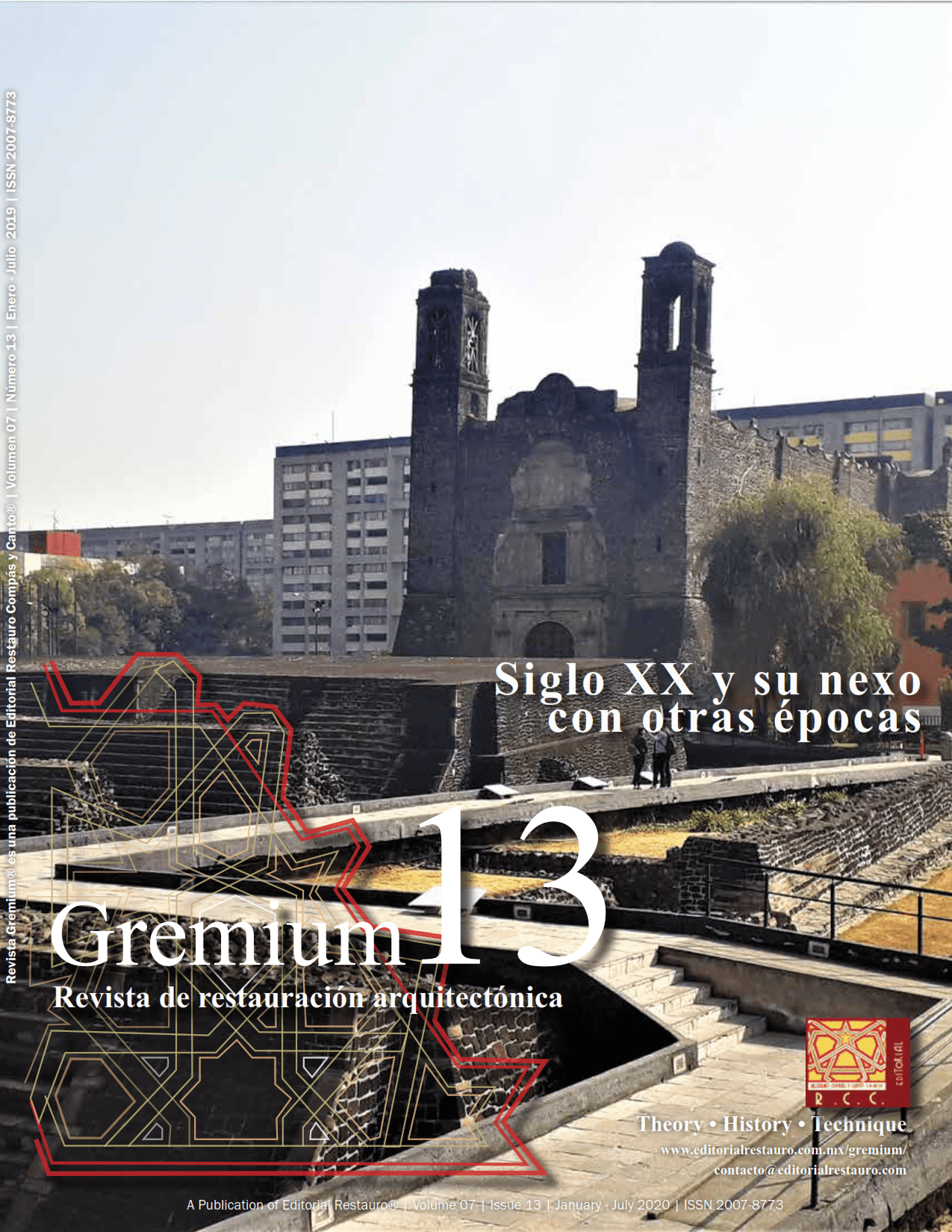Management of modern collective housing in Mexico
DOI:
https://doi.org/10.56039/rgn13a05Keywords:
Collective housing, modern architecture, property, conservation, privatizationAbstract
The housing units built in the middle of the 20th century promoted by the General Directorate of Civil Pensions for Retirement (DGPCR) -currently Institute of Security and Social Services for State Workers (ISSSTE)- in Mexico City and that exist, are testimony of modern architecture. However, its inhabitants do not make agreements to carry out conservation actions, accelerating the physical deterioration of its construction materials, of collective equipment and the decline of common areas. The objective of this work is to identify the origin of the condominium management problem, analyzing the case of the Presidente Alemán Urban Center (CUPA), which is a reference for Mexican modern architecture. Changes in their administration were investigated in historical archives, the processes of buying and selling of its apartments and commercial areas were searched in official documents, the information was compared with interviews to its inhabitants. The investigation showed that ISSSTE was the sole owner of the housing complexes for more than three decades, during that period, was responsible for managing them and financing their conservation, making their operation possible. In the decade of the 80 the State privatized all the housing complexes, sold the property to multiple owners. The privatization generated part of the problem of condominium management currently faced by collective modern housing in Mexico. The study of modern heritage requires new approaches, like the presented in this article to understand their problems and propose solutions to specific conditions.
Downloads
Downloads
Published
Issue
Section
License

This work is licensed under a Creative Commons Attribution-NonCommercial-ShareAlike 4.0 International License.























